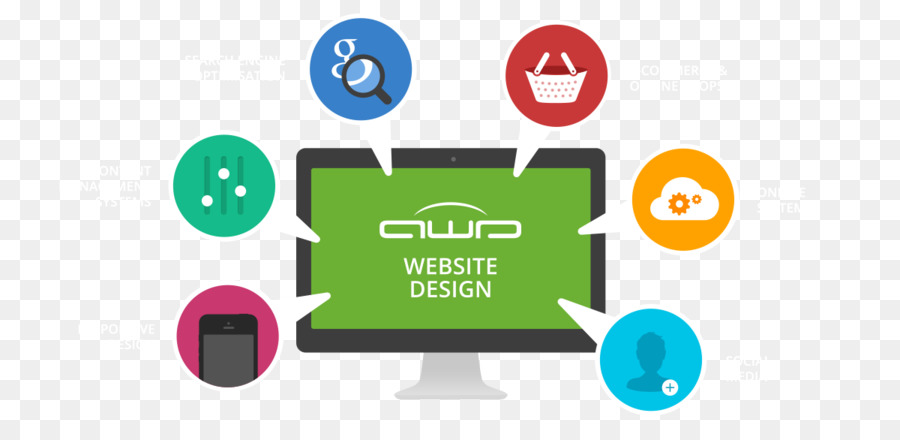Navigating The Ins And Outs Of Typeface Use In Website Design
Navigating The Ins And Outs Of Typeface Use In Website Design
Blog Article
cost to make website ada compliant -Christie Dale
Boost your web design by choosing easy-to-read font styles and proper dimensions. Choose clear sans-serif or serif fonts for far better readability. Stay with 2-3 typefaces for consistency. Prevent tiny dimensions that strain the eyes. Prioritize simpleness over complexity. These pointers will aid you create an aesthetically attractive and engaging internet site easily.
Do:
* Pick a clear and readable font style that is simple to keep reading displays of all dimensions.
* Usage headings and subheadings to develop a visual pecking order and assistance customers browse your material.
* Use font sizes and line spacing to create a comfortable reading experience.
* Experiment with different typeface styles and weights to add visual rate of interest and emphasis.
* Usage typography to draw attention to crucial elements, such as contact us to action or navigation menus.
Do not:
* Use a lot of various fonts or font designs, as this can produce aesthetic clutter and make your web site appearance unprofessional.
* Usage typefaces that are as well luxuriant or difficult to read, as they may not display well on all gadgets.
* Use font styles that are too similar in size or style, as this can make your material hard to navigate.
* Use excessive text or way too many words, as this can overwhelm individuals and make your website feel cluttered.
* Use typography in a way that is irregular with your brand's total aesthetic identity.
Importance of Typography in Web Design
Typography plays an important duty in web design by enhancing readability, visual allure, and general individual experience. When utilized effectively, typography can convey the tone and message of your material, making it easier for individuals to engage with your site. Selecting the right typefaces, sizes, spacing, and colors can considerably impact how visitors view and connect with your website.
The readability of your site is directly tied to the typography choices you make. Picking legible fonts and ideal font style dimensions guarantees that users can quickly consume the details on your pages without straining their eyes. In addition, appropriate spacing in between lines and paragraphs can improve understanding and overview customers through the web content effortlessly.
Furthermore, typography contributes to the visual charm of your site. By creating an unified mix of font styles and shades, you can develop a cohesive style that mesmerizes individuals. Regular typography across different sections of your site likewise assists in preserving an expert and refined appearance, enhancing the overall user experience.
Dos of Typography
To enhance the readability and aesthetic allure of your web site, ensure that you pick fonts that are simple to read and appropriately sized. Pick fonts that are clear and readable, such as sans-serif or serif typefaces, which are typically used for body message. Sans-serif typefaces like Arial or Helvetica work well for electronic screens, giving a modern-day and tidy look. On the other hand, serif typefaces like Times New Roman or Georgia can include a touch of elegance and practice to your site.
One more essential element to consider is font sizing. Ensure your message is huge enough to be read comfortably without stressing the eyes. Go with a font size of at the very least 16px for body text to guarantee readability. Additionally, utilize different font dimensions to produce an aesthetic hierarchy on your site. Headings and subheadings must be bigger and bolder than the body text, directing the viewers through the web content effortlessly.
Donts of Typography
Steer clear of using an extreme variety of fonts in your web design to preserve uniformity and readability for your audience. When it concerns typography, less is typically much more.
Below are some vital 'Do n'ts' to remember:
1. ** Avoid making use of too many different font styles **: Limit yourself to 2-3 fonts for your entire web site. Utilizing a lot more can make your layout appearance cluttered and amateur.
2. ** Don't use typefaces that are illegible **: Fancy or extremely decorative font styles might look attractive, but if they compromise readability, they aren't worth it. Stick to fonts that are easy on the eyes.
3. ** Steer clear of utilizing small font sizes **: Tiny text might appear smooth, but if it's too small, it can stress your site visitors' eyes. See to it your message is big sufficient to read comfortably on all devices.
Conclusion
So, bear in mind, when it comes to typography in web design,
do choose fonts intelligently, maintain it basic, and focus on readability.
But don't go overboard with way too many font styles, dimensions, or shades.
Nevertheless, best managed hosting providers to excellent layout is often located in the simplicity of typography.
So, next time you're working with a site, bear in mind that in some cases much less is a lot more - even when it comes to font styles.
